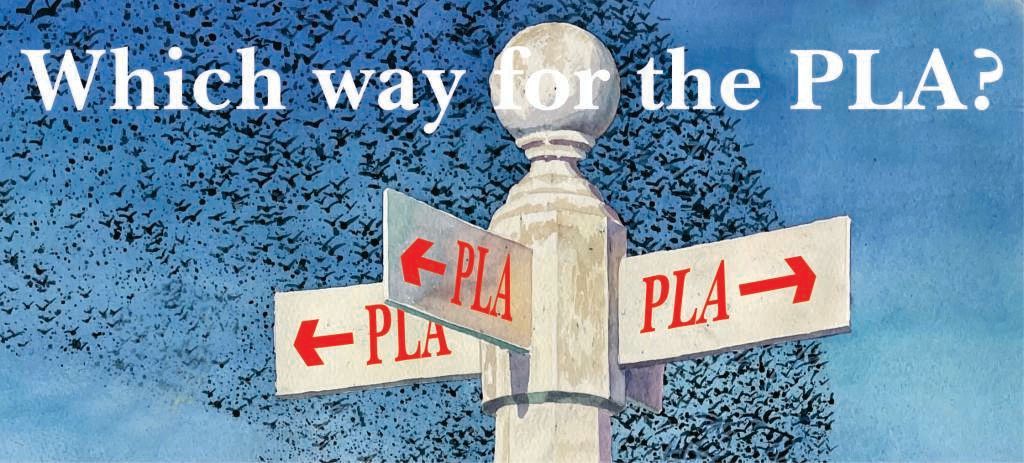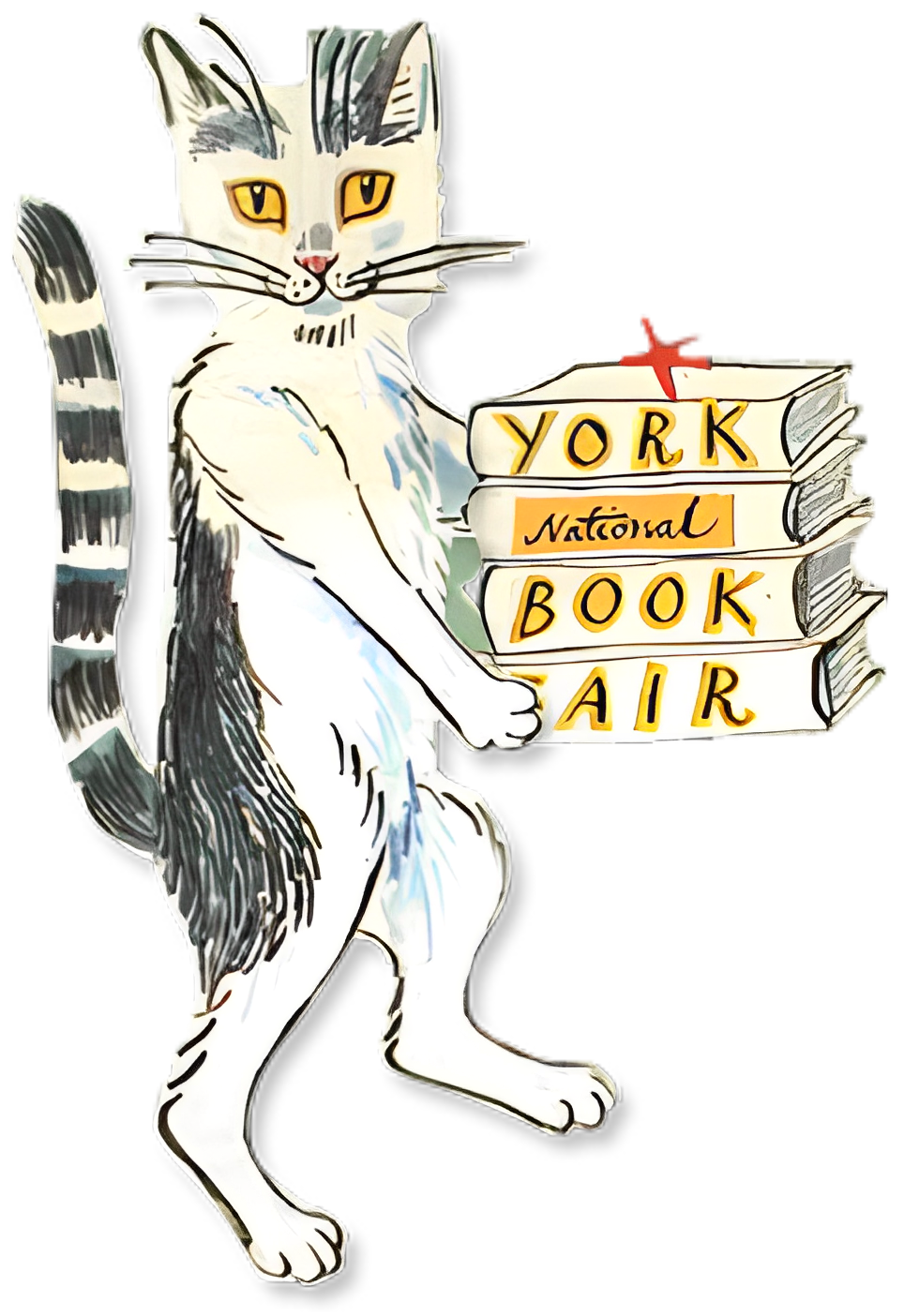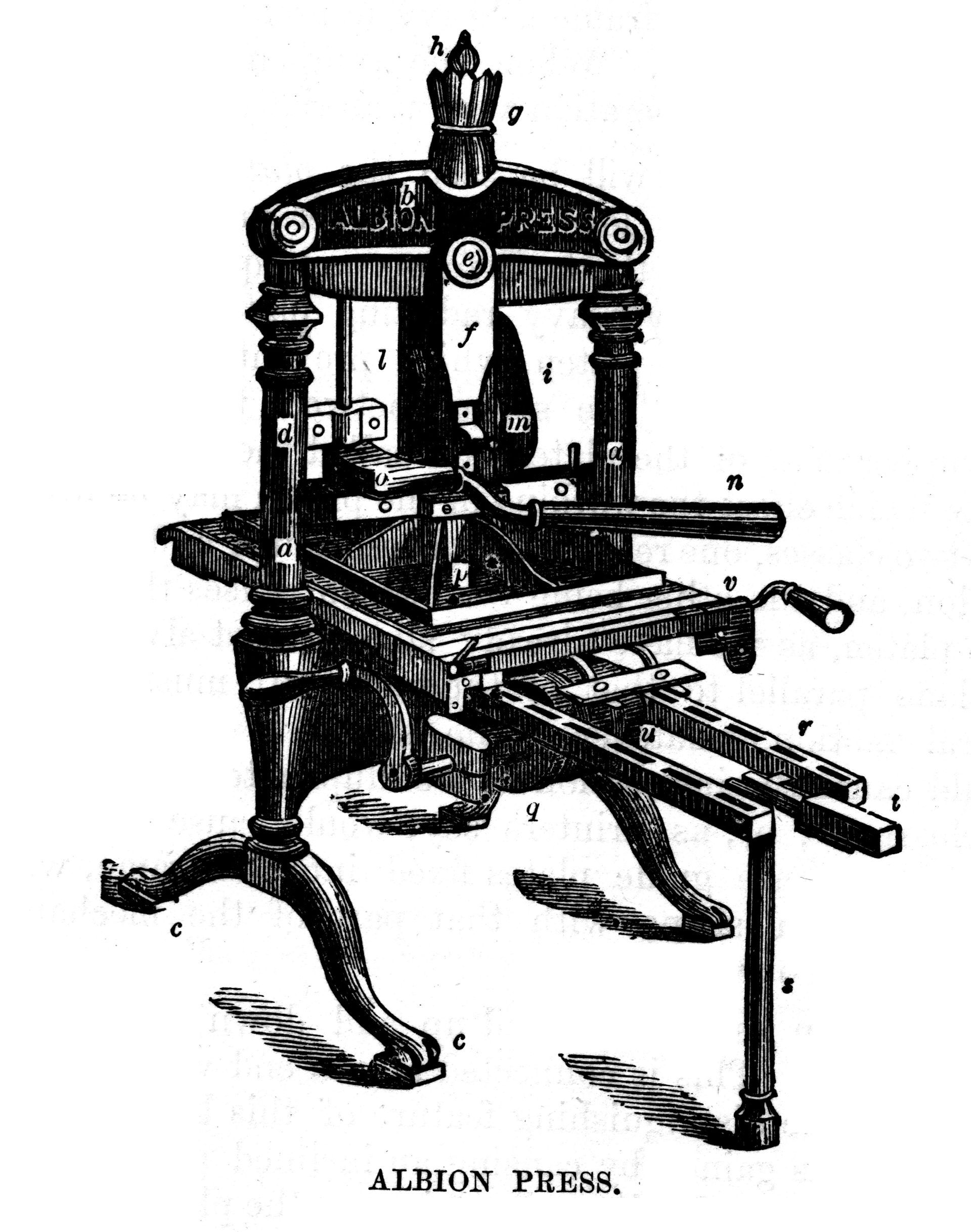'THIS SEDENTARY TRADE'
By Duncan McAra
From editing award-winning biographies of Neil M. Gunn and Hugh MacDiarmid to lunching with Colonel David Stirling of the wartime SAS, Duncan McAra recalls working in London book publishing with John Murray and Faber & Faber half a century ago – when the term world-wide web referred to intrigue and corruption.
Books seldom emerge smoothly from typescripts. My own experiences, initially for four years in the early 1970s as a copy editor at Faber & Faber in Queen Square (with the meister-typographer Berthold Wolpe working in the adjacent room) and subsequently, from the mid-1970s to the late 1980s, as a commissioning editor at John Murray in Albemarle Street, are that authors – beginners and experienced writers – need sensitive but firm guidance if their offspring are not to contain factual or grammatical errors or repetitions and give the trigger-happy reviewer the satisfaction of shooting them down in cold type.
Such guidance applies not only to text but to titles. I had been interviewed and recommended for appointment by one of the Faber directors Alan Pringle, whose authors included the novelist and poet Lawrence Durrell; it was he who had suggested to his fellow director Charles Monteith that a novel provisionally entitled Strangers From Within by a debut author called William Golding might stand a better chance with a title such as Lord of the Flies.
Dr Berthold Wolpe, OBE, RDI, calligrapher, typographer, type designer, book designer, and responsible for 1500 stylish book covers for Faber & Faber; his 75th birthday was celebrated by a retrospective exhibition of his work at the Victoria & Albert Museum in 1980/81.
(Courtesy of Faber & Faber)
Books seldom emerge smoothly from typescripts. My own experiences, initially for four years in the early 1970s as a copy editor at Faber & Faber in Queen Square (with the meister-typographer Berthold Wolpe working in the adjacent room) and subsequently, from the mid-1970s to the late 1980s, as a commissioning editor at John Murray in Albemarle Street, are that authors – beginners and experienced writers – need sensitive but firm guidance if their offspring are not to contain factual or grammatical errors or repetitions and give the trigger-happy reviewer the satisfaction of shooting them down in cold type.
Such guidance applies not only to text but to titles. I had been interviewed and recommended for appointment by one of the Faber directors Alan Pringle, whose authors included the novelist and poet Lawrence Durrell; it was he who had suggested to his fellow director Charles Monteith that a novel provisionally entitled Strangers From Within by a debut author called William Golding might stand a better chance with a title such as Lord of the Flies.
Later, at John Murray, having edited two well-received critical biographies of Neil M. Gunn (1981) by Francis Russell Hart & J. B. Pick, and of Eric Linklater (1984) by Michael Parnell – both of which gained book awards – it seemed logical to form a trio on the list with a critical biography of Hugh MacDiarmid (Christopher Murray Grieve), submitted by a fellow poet Alan Bold. The low-tech midwife was replaced by the surgeon with the drastic scalpel or, more kindly, the engraver with a deep gouge; the typescript in its original state was so heavy it buckled the production estimate sheet. Over the weeks, and months, that followed, diplomatically worded letters proposing cuts, sometimes brief, sometimes substantial, were replied to with an author’s howls of anguish.
On one occasion I told Bold that I, too, had winced at cuts to my lengthy essay on the novelist James Kennaway recommended by Alan Ross one lunchtime in his London Magazine office near the V&A. The subsequent award – decided from over 130 books in all genres and from a short-leet of six authors – in 1989 on the third occasion of the prestigious McVitie’s Prize was held in Glasgow’s opulent City Chambers and broadcast on BBC television. Remarkably, the £5000 McVitie’s Prize was Bold’s first major award. Over a glass, or two, of his favourite white wine in an Albemarle Street restaurant Alan had earlier generously remarked that his biography of Chris Grieve was the first time he’d been properly edited. ‘Alan,’ I replied, ‘that’s very kind of you. Remember the adage: a typescript, like a diamond, sparkles better when cut. Sláinte!’
Mention of the engraver with a deep gouge makes me recall being delegated by the Editorial Director, Simon Young, to scrutinise Curwen Press page proofs of a prestigious volume of wood engravings by Reynolds Stone, a good friend of the Murrays who had commissioned work from him previously. The book, designed by Peter Campbell, included an Appreciation by Kenneth Clark [Lord Clark of Saltwood], whose Civilisation, based on the BBC series, had three years earlier been designed by Campbell. My production colleague, Joe Whitlock Blundell, and I were later to take Reynolds to lunch one day, finding out just what a congenial and cultured man he was.
Hunched over the large table in the Middle Drawing Room I was engrossed in checking that no image at the printers had been reversed by mischievous gremlins and assumed that a swishing movement past me towards Mr Murray’s sanctum sanctorum was that of an author wishing to surprise his publisher. ‘Who came to see you?’ I asked shortly afterwards. John (‘Jock’) Murray VI excitedly crossed over into the Front Drawing Room where John Murray VII (‘Young John’) worked as Sales Director and exclaimed, ‘Duncan’s encountered the White Lady!’ This ghostly presence was
none other than that of Lady Caroline Lamb, and I felt honoured to have experienced such a rare visitation.
An earlier book which came about from reading on the bus to work a newspaper illustrated article by a quick-sketch artist was Liverpool 8, an exhilarating and very funny slice of Liverpool social history written and illustrated by John Cornelius. He clearly knew and loved his native city, gingerly escorting the unwary reader round the multi-ethnic muzak-filled supermarkets and newsagents, steaming drinking clubs and downtown discos, hoping not to be second-bested by his Jamaican rival with an instant-picture camera. His chapter ‘All Riot on the Night’ about the Toxteth riots in the summer of 1981 is a dramatic eyewitness account. It came as no surprise when the author contacted me out the blue two decades later to report that his book had just been republished by Liverpool University Press.
Having acquired for the firm Mackintosh Watercolours (1978) by Roger Billcliffe, at that time Keeper of Fine Art at Kelvingrove Art Gallery and Museum, who would go on to enhance the Murray art books list with Mackintosh Textile Designs (1982), The Glasgow Boys (1985) and The Scottish Colourists (1989), I was galvanised for the firm to acquire the English-language rights to the Memoirs of the gifted Russian artist, Leonid Pasternak, the father of Boris. I had bought a copy of the Russian hardback from the sole stockist in London, Collet’s Bookshop in Charing Cross Road, and arranged to meet Leonid’s daughters, Josephine and Lydia, in Oxford. A memorable visit, not least for encountering the babushka sitting by the warmth of a samovar in a cosy back room. Was my host, Josephine, familiar with Edmund Wilson’s interpretation of legend and symbol in Doctor Zhivago? A quizzical look before we discussed her father’s book.
A subsequent visit to No. 50 Albemarle Street by two burly representatives of VAAP, the Soviet Copyright Agency, who seemed to appreciate my hasty purchase of a Shepherd Market stall lemon to add to their afternoon tea, confirmed there was no problem about translating the text – all VAAP sought was an ‘offer’ for illustration reproduction. Food for thought for our Rights Manager. Sample text was translated, sample pictures from UK collections obtained for a ‘dummy’ book that could be shown to US publishers for a possible co-edition. All came to nought; for some inexplicable reason American publishers seemed cool on the proposal. The book was later published by Quartet Books. Win some, lose some.
Yet co-operation with US publishers could prove fruitful, as demonstrated by such additions to the firm’s travel and visual arts lists as Nazca: The Flight of Condor I (1980) by the explorer Jim Woodman and The Making of Citizen Kane (1985) by Robert L. Carringer. Each author appreciated a striking new cover by the firm’s jacket designer Dorothy Moir. Each enjoyed visiting Byron’s publishing house and pub lunches in Ye Olde Cheshire Cheese off Fleet Street near Dr Johnson’s home.
Such was the importance of an eye-catching, ‘selling’ jacket that each department would be quick to offer an instantaneous response on a design ‘rough’, prepared either in-house or externally. Next stage was for the editor to obtain the author’s approval. The artist John Craxton’s jackets for Patrick Leigh Fermor’s books always aroused anticipation and admiration. Often, for a non-fiction book, I would travel out to the Mary Evans Picture Library, a treasure-trove in Blackheath, and return triumphantly clutching the perfect transparency. When the jacket is such an integral part of a book’s aesthetic appeal, it is cause for dismay that a legal deposit library should maintain a long-standing institutional policy of discarding book jackets rather than retaining them within protective plastic sleeves.
One late autumn evening in 1987 at John Murray’s elegant offices in Albemarle Street, the launch of Rogue Warrior of the SAS, the biography of Lt-Colonel Robert Blair Mayne by Roy Bradford and Martin Dillon, was attended by many of his wartime comrades in the Special Air Service. The highlight was the handing over to Colonel David Stirling, President of the Special Air Service Regimental Association, and, in turn, to the Association itself, of the leather-bound unofficial wartime diary from Blair Mayne’s nephew, Patrick, whose family had held it in safe-keeping.
As the book’s commissioning editor, I was delighted later to read in Mars & Minerva, the Regiment’s journal, that ‘it is by far and away the best book to be written so far about the wartime SAS’. The first printing sold out within a fortnight, thanks in the main to the citizens of Newtownards in Northern Ireland, where Blair Mayne is buried and where, a decade later, a memorial statue of him would be unveiled.
But the book was not the result of a typescript being submitted – as so often the case – to an editor via a literary agent. One Monday morning, while off work for some hazy reason, I had listened over a strong black coffee to a programme on BBC Radio 4 about the exploits of ‘Paddy’ Blair Mayne, a mercurial founder member of ‘L’ Detachment, SAS, narrated by Roy Bradford, a Unionist politician in Northern Ireland. I winged off a letter to the programme’s producer, Martin Dillon. Time passed, and then a reply: ‘Yes, we would be interested in writing a biography, we have received assurance that the Regimental Association is willing to place Official SAS records at our disposal.’ Words to warm the cockles of an editor’s heart.
This article allows me, more than three decades later, to offer an apology to the Special Air Service Regimental Association. Publishers look for punchy, selling titles, and I had suggested to sales colleagues ‘Rogue Warrior of the SAS’. In retrospect, it was misleading. Blair Mayne, far from being a ‘rogue’, was an outstandingly gallant soldier and very brave leader, who cared for the men under his command of 1 SAS.
As a consequence of poor working rapport between author and editor these days new authors have an uphill struggle. Authors can no longer serve an apprenticeship; there is a huge degree of pressure to perform immediately. The whole industry is geared to instant success, exemplified by fiction and non-fiction by TV celebrities.
The four qualities by which publishing can and should be judged are: the quality of a list, whether fiction or non-fiction; the quality of the publishing process of that list; the quality of collegial life within the publishing company; and the quality of return on capital employed.
As the former distinguished and influential literary agent Michael Sissons commented perceptively: ‘It sometimes seems that hiring and firing are all part of the corporate game. The babies that go out with the bathwater are stability, continuity, a longevity of relationships crucial to the development of good writing at all levels, which – for all its faults – the old style of publishing did provide.’
Lucky is the author these days whose editor is on hand to steer the first book through the press from typescript to publication, let alone be around to discuss the next.
Duncan McAra
Librarian to the Priory of Scotland of the Order of St John, a Royal Order of Chivalry



